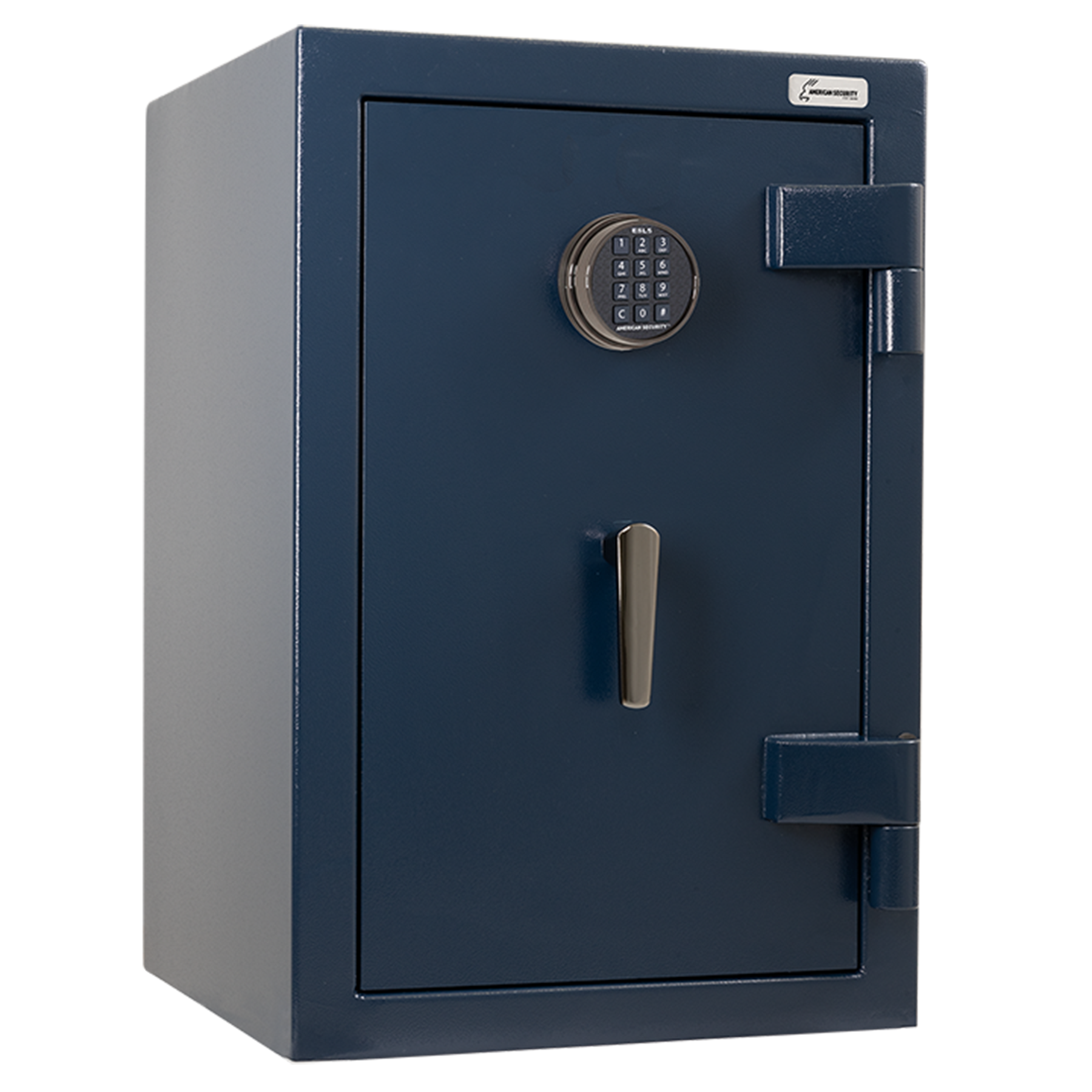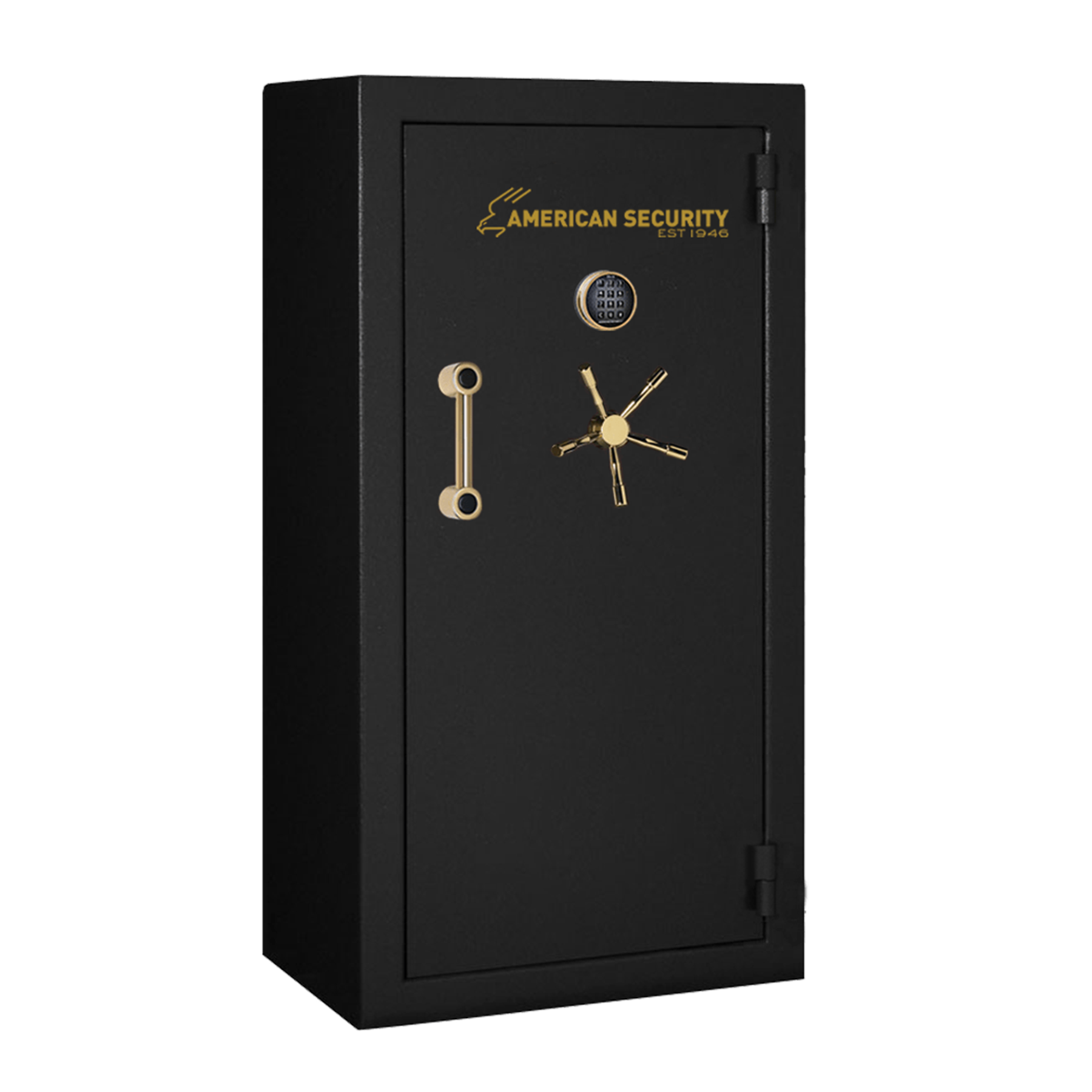Fire Ratings Explained
The best known independent fire testing agencies are United Laboratories (UL) and Intertek (ETL) and when it comes to evaluating the FIRE PROTECTION a safe offers, the certification labels on the safe will help guide you. Look for labels like this...


GOOD: Fire safes are constructed with 1 to 2 assorted layers of gypsum board positioned throughout the interior body and door. They typically offer a manufacturers independent fire rating.
BETTER: Fire safes are constructed with 2 to 4 assorted layers of gypsum board positioned throughout the interior body and door. These safes are often tested and verified by Intertek (ETL).
BEST: Fire safes that are constructed with inner and outer steel plates enclosing a poured fire insulating material creating a seamless fire barrier that retains its protection for decades. This type of "poured construction" is superior to gypsum based construction because it avoids the common issue of gypsum losing its moisture content over time (allowing the fire rating to decay over time). These "poured" safes offer superior fire protection and have been tested by either Underwriters Laboratories (UL rating) or Intertek (ETL).
WHAT TO LOOK FOR:
- Be sure to weigh reports from independent laboratories against unverified factory testing.
- Consumers looking for real fire protection should consider a safe that has been certified by Underwriters Laboratories (UL) or tested by Intertek Laboratories (ETL).
- Verify the fire curve. Did the furnace hold its specified temperature early on in the test or ramp up near the end? A true 2-hr. fire test should show that within 8 minutes, the furnace temperature was raised to 1200° F, and that temperature was maintained for the remainder of the two-hour test.
- What type of door seals does the product offer? The best seal is a Palusol™ door seal that expands to 7 times its size when temperatures reach 212 degrees, sealing off both heat and smoke. Some top end products use dual seals utilizing a silicone seal as first defense protecting the safe until the Palusol™ seal performs its task.
CONDUCTING A FIRE ENDURANCE TEST - HOW IT'S DONE




